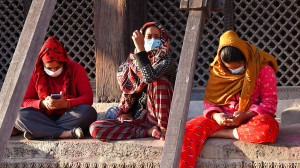Editorial
The vicious waste cycle
There is not a moment to be lost in trying to find an amicable solution to the valley’s waste problem.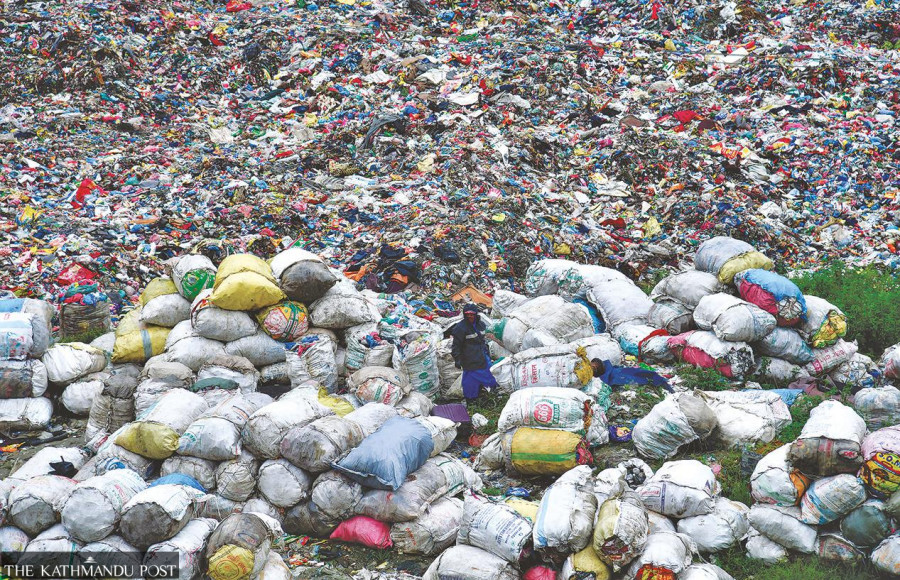
Governments come and governments go, but the condition of the people living around Nuwakot district’s Sisdole and Banchare Danda, the dumping sites for Kathmandu Valley, remains bad as ever. Last year, they had been buoyed by the efforts made by Kathmandu Metropolitan City Mayor Balendra Shah to tackle the long-standing garbage issue and ensure their health and well-being. He had even signed an 18-point agreement with locals, pledging to address their concerns. A year has passed since then, but most points in the deal remain unimplemented, and Nuwakot residents have once again prevented garbage trucks from entering the landfill sites. They are still dealing with the foul smell, health risks, damage to crops and the illness and death of their cattle.
As per last year’s pact, KMC had agreed to provide health insurance to the residents of wards 1, 3 and 4 of Dhunibeshi Municipality, and wards 1, 2 and 3 of Kakani Rural Municipality within a week. KMC would also support infrastructure development works in those wards. Other pledges included making the areas odour-free within a month and finding a scientific solution in two months to keep the landfill leachate from draining into the nearby Kolpu Khola River. However, in a recent Post report, the local administrations of Sisdole and Banchare Danda have given a rundown of how most of these promises remain unfulfilled.
A tussle has ensued between KMC and the federal government over who is to do what about last year’s agreement. According to KMC officials, the federal government hasn’t done its bit, as agreed in the three-way agreement that also involved the Ministry of Urban Development, most importantly in relation to relocating the affected people to safer areas and constructing quality ponds to deposit leachate. Last April, KMC stopped picking up garbage from Singha Durbar as a protest with Mayor Shah accusing the federal government of non-cooperation, neglect and carelessness in solving the problem.
While the Solid Waste Management Act 2011 requires the federal and local governments to ensure a clean environment, Chapter 2 says the local bodies have the sole responsibility of managing solid waste. The Solid Waste Management Technical Support Centre under the Ministry of Urban Development is only mandated to provide technical support to local bodies and to conduct research into sustainable solid waste management.
Both KMC and the ministry should work together to implement their commitments. In this, they can involve the private sector, community-based waste management organisations and NGOs. As Kathmandu Valley produces 1,200 tonnes of solid waste daily, it is impossible for any one entity to take sole responsibility for managing it and finding long-term solutions to the problem. In mid-June last year, Mayor Shah had proposed a plan to segregate garbage at the source, which was unsuccessful. However, it may be worthwhile to revive this plan as it could help authorities to “reduce, reuse and recycle” solid waste. Additionally, the federal government and KMC should conduct scientific studies on environmental and health damage in the areas that have been most impacted, as requested by locals.
Last year, the rotten and foul-smelling heaps of garbage around Kathmandu Valley not only degraded the environment but also invited diseases like cholera, typhoid and dengue. Now that the monsoon is upon us, halting garbage disposal again poses a significant public health risk. There is not a moment to be lost in trying to find an amicable solution: One that protects the health and well-being of the valley’s citizens but also honours the basic rights of the people living around dumping sites.




 10.12°C Kathmandu
10.12°C Kathmandu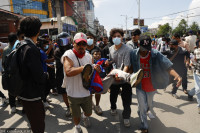
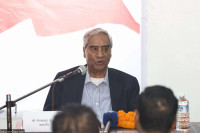
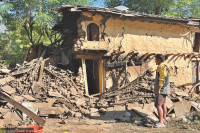



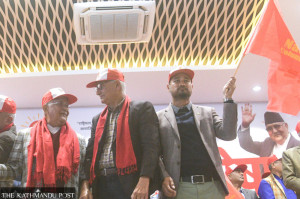

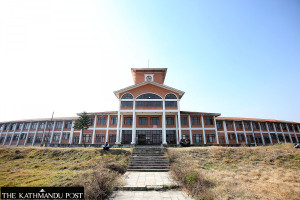

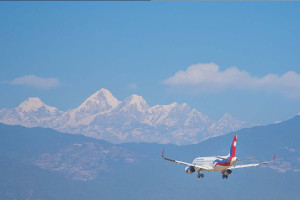


%20(1).jpg&w=300&height=200)

